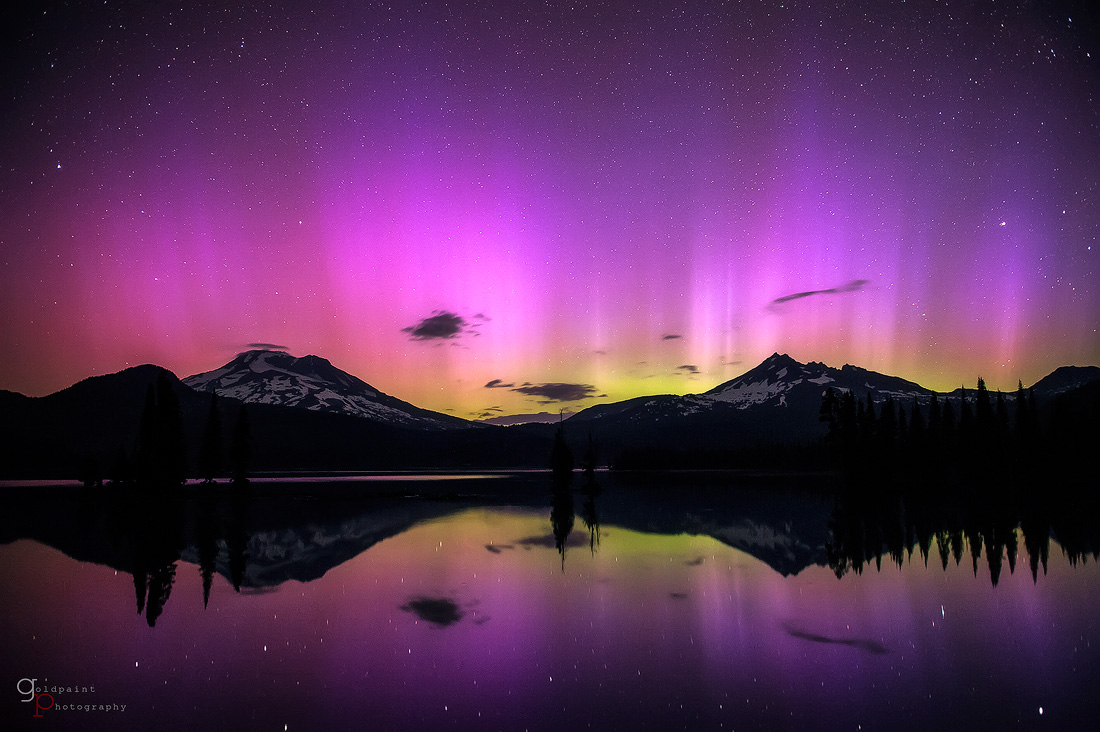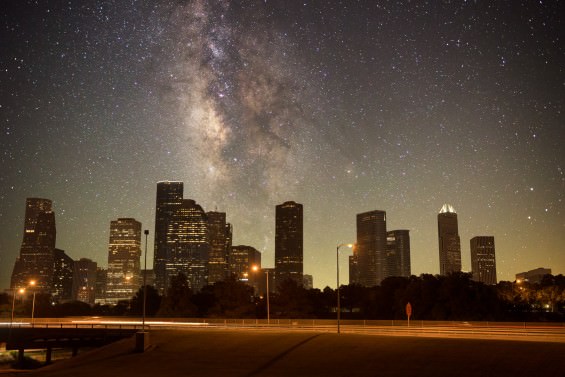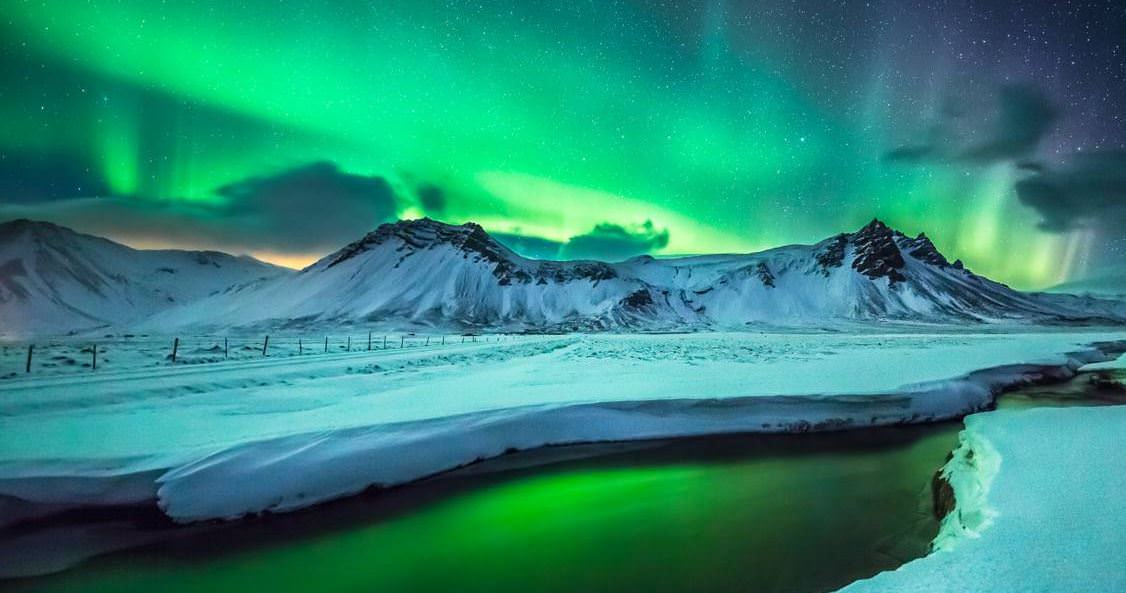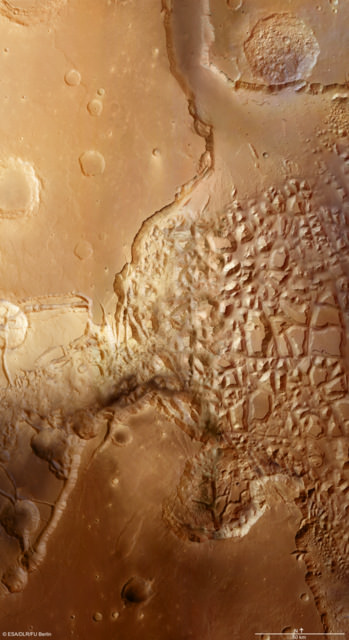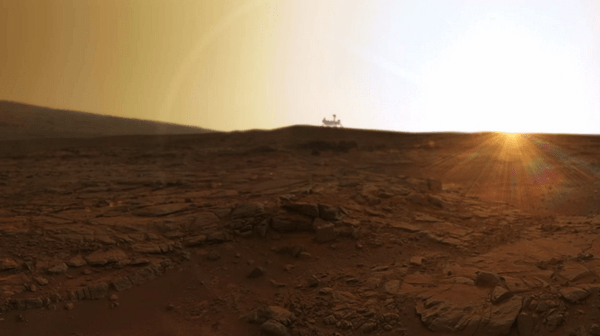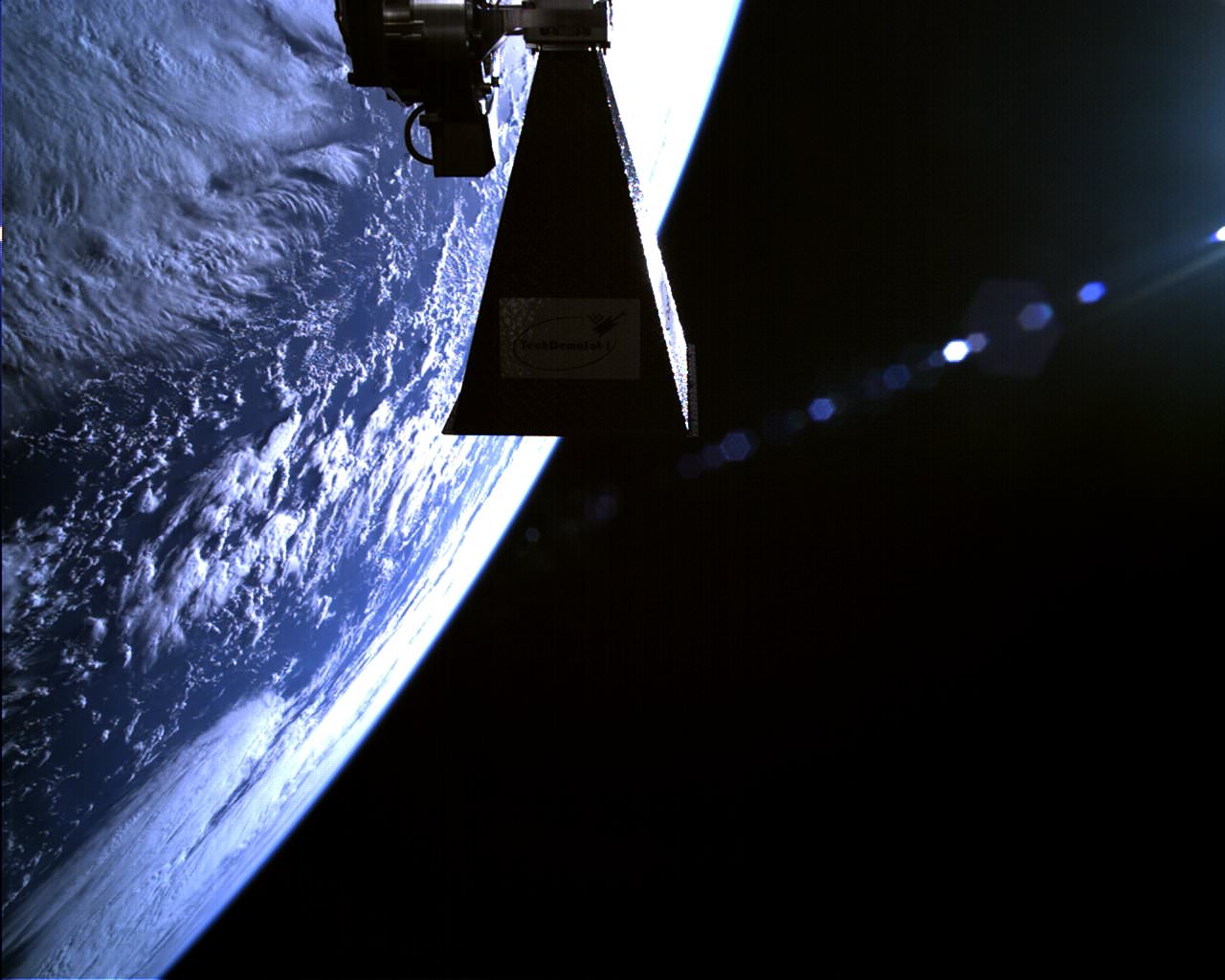It’s an old story: a couple leave their jobs, sell everything, and live in motorhome to capture footage and imagery of the night sky.
Wait… what?
This unique story is exactly what Brad and Marci Goldpaint did. They left their jobs and traveled throughout the western US in an RV to begin educating the public about the damaging effects of light pollution. They wanted to help reconnect people with the simple beauty of the night sky and have been teaching photography workshops and gathering footage for a new timelapse called “Illusion of Lights: A Journey into the Unseen.”
With breathtaking scenes and soaring music, this video “introduces you to the concept of movement and time that visually explores our night skies,” says Brad on Vimeo.
We’ve featured images and timelapses from Brad before, and he shared how the sudden loss of his mother caused him to reassess his goals and priorities. Since 2009 he’s been working on outdoor photography and has now dedicated his work to sharing images of the night sky with others.
For this timelapse, Brad said he “spent countless nights traversing in the dark, carrying heavy camera equipment, and braving the dark unseen.” He dealt with lightning storms, dangerous winds, and up-close encounters with bears and other wildlife. Sometimes, after spending days hiking to a remote location and with optimistic weather reports, Mother Nature showed up and ruined his opportunity to get the shot.
A few highlights: at about 2:00 there is an exploding meteor with a persistent train that is stunning. You’ll also see strange lights on Mount Rainier. Brad explained these lights are from people climbing the mountian at night in hopes of reaching the summit by sunrise the following day. The white lights you see are from their headlamps. “Can you imagine climbing up a mountain in the middle of the night?” he asks?
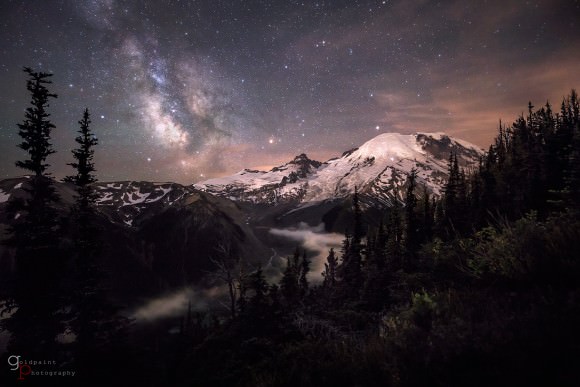
For more about this film see their website.
Illusion of Lights: A Journey into the Unseen from Goldpaint Photography on Vimeo.

